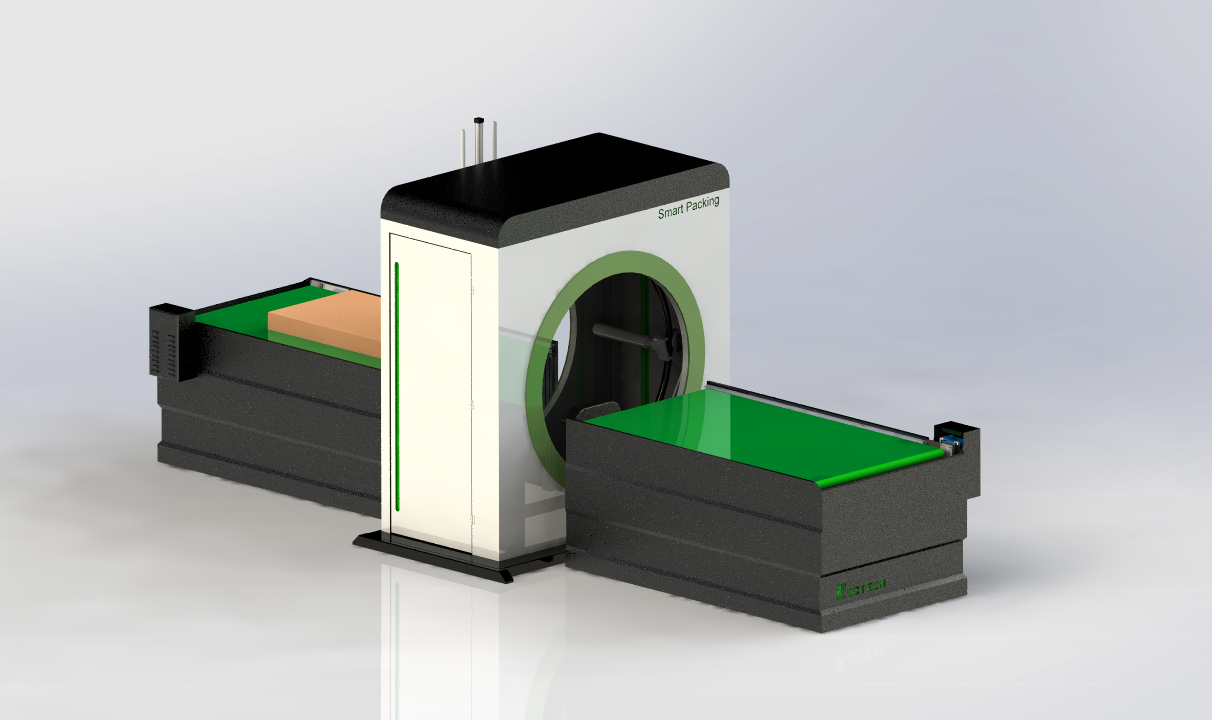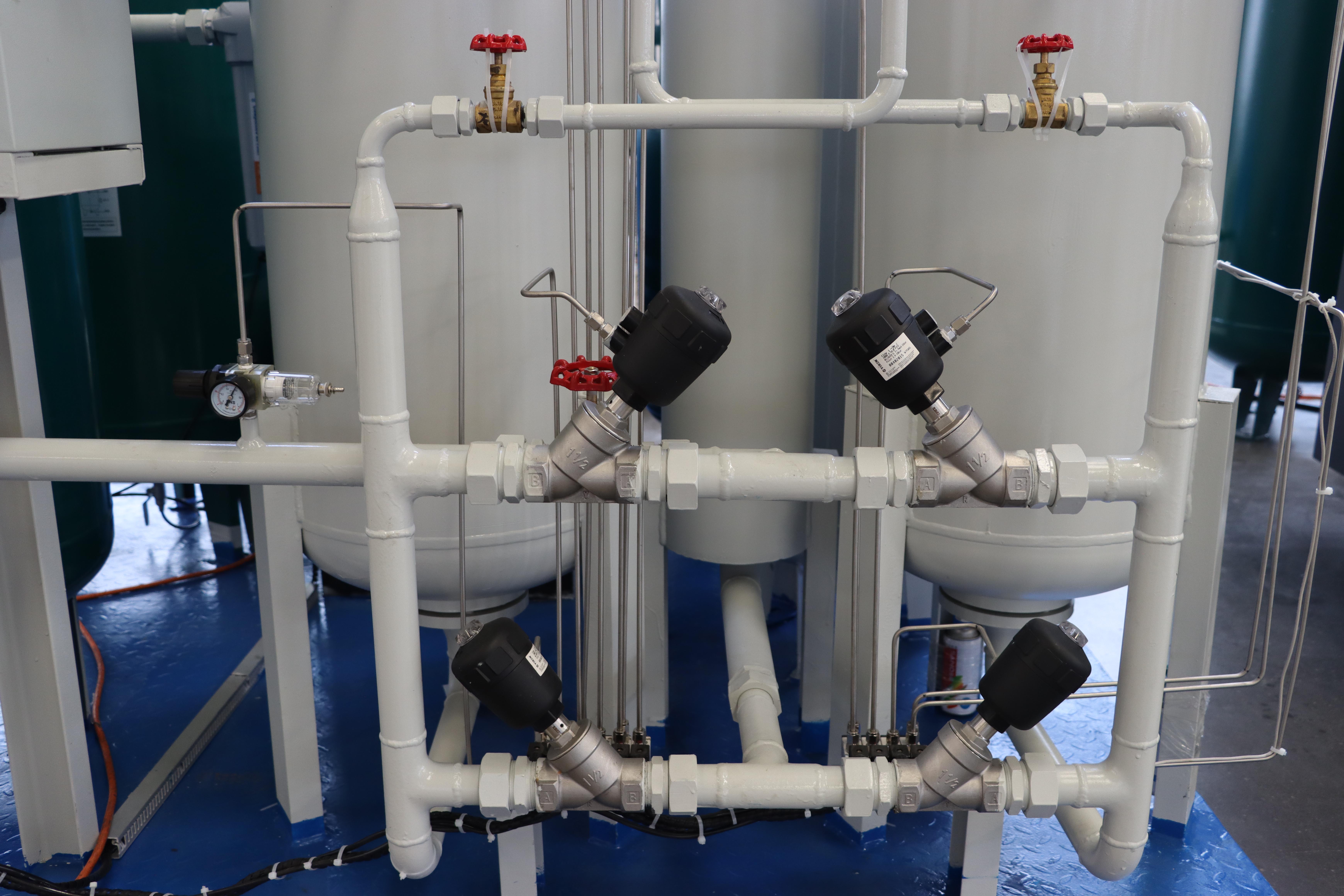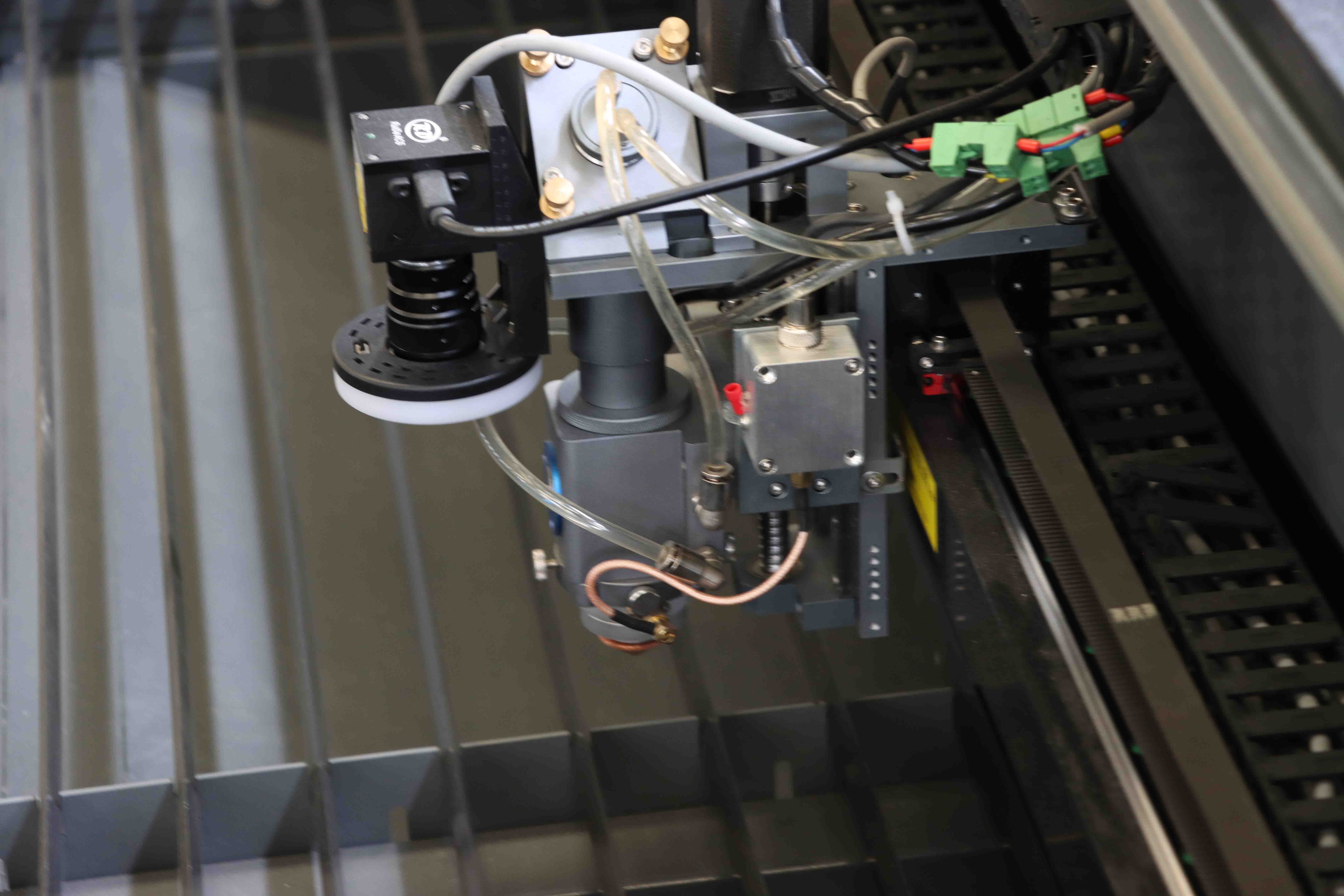紹介
現代製造業の分野では、工業級鋼を正確かつ効果的に切断する能力が重要である。工業用鋼工具、特にCNC(コンピュータデジタル制御)や光ファイバレーザー切断などの先進技術を利用した工具は、メーカーが鋼材を処理する方法を根本的に変えた。これらの機器は、自動車から航空宇宙、建築などのさまざまな業界で不可欠なように、比類のない精度、速度、多機能性を提供しています。本文は工業用鋼工具の発展、技術と応用を深く検討し、現代製造過程におけるそれらの意義を強調した。

工業用鋼工具の進化
鋼材切断の歴史は工業化初期にさかのぼることができ、当時は鋸切断、切断、火炎切断などの手作業方法が常態だった。これらの方法は当時有効であったが、労働が密集し、時間がかかり、切断が不正確になることが多かった。20世紀半ばの数値制御技術の出現は重要な転換点を示している。NC工作機械は自動化と精度を導入し、より複雑で正確な切断を可能にした。しかし、この業界を本当に変えたのは1960年代のレーザー切断技術の発展だった。
レーザー切断、特に光ファイバレーザー切断は、工業用鋼材切断の黄金基準となっている。光ファイバレーザは希土類元素をドープした光ファイバを用いて高強度レーザビームを生成し、従来の二酸化炭素レーザと比べていくつかの利点がある。より省エネで寿命が長く、より厚い材料をより正確に切断することができます。CNC技術とファイバレーザの統合により、メーカーは複雑な設計と高速生産を実現できるようになりました。

Technology Behind Industrial Steel Cutters
At the heart of modern industrial steel cutters is the fiber laser, a technology that has redefined the boundaries of precision and efficiency. Fiber lasers operate by amplifying light through a series of optical fibers, producing a concentrated beam that can cut through steel with minimal heat-affected zones. This results in cleaner edges, reduced material distortion, and the ability to cut complex shapes with high accuracy.

CNC technology plays a crucial role in controlling the movement of the laser beam. CNC systems are programmed with detailed instructions that dictate the path and intensity of the laser, ensuring that each cut is executed with precision. The combination of CNC and fiber laser technology allows for the automation of the cutting process, reducing the need for manual intervention and minimizing the risk of human error.
In addition to fiber lasers, other cutting technologies such as plasma cutting and waterjet cutting are also used in industrial applications. Plasma cutting, which uses a high-velocity jet of ionized gas to cut through steel, is particularly effective for cutting thick materials. Waterjet cutting, on the other hand, employs a high-pressure stream of water mixed with abrasive particles to cut through steel. While these methods have their own advantages, fiber laser cutting remains the preferred choice for most industrial applications due to its superior precision and efficiency.
Applications of Industrial Steel Cutters
The versatility of industrial steel cutters makes them suitable for a wide range of applications across various industries. In the automotive industry, for example, steel cutters are used to fabricate components such as chassis, body panels, and engine parts. The precision of fiber laser cutting ensures that these components meet the stringent quality standards required for vehicle safety and performance.
In the aerospace industry, where the demand for lightweight yet durable materials is high, industrial steel cutters are used to produce intricate parts for aircraft and spacecraft. The ability to cut through high-strength steel alloys with minimal heat distortion is particularly valuable in this sector, as it ensures the structural integrity of critical components.
The construction industry also benefits from the use of industrial steel cutters. Steel beams, columns, and other structural elements are often cut to precise dimensions using CNC-controlled laser cutters. This not only speeds up the construction process but also ensures that the components fit together seamlessly, reducing the need for on-site adjustments.
In the manufacturing of consumer goods, industrial steel cutters are used to produce a wide range of products, from household appliances to industrial machinery. The ability to cut complex shapes and designs allows manufacturers to create products that are both functional and aesthetically pleasing.
Advantages of Industrial Steel Cutters
The adoption of industrial steel cutters, particularly those utilizing fiber laser technology, offers numerous advantages to manufacturers. One of the most significant benefits is the ability to achieve high levels of precision. Fiber lasers can cut through steel with an accuracy of up to 0.1 mm, ensuring that each component meets the required specifications. This level of precision is particularly important in industries where even the smallest deviation can lead to product failure.
Another advantage is the speed of cutting. Fiber lasers can cut through steel at speeds of up to 100 meters per minute, significantly faster than traditional cutting methods. This increased speed translates to higher productivity and shorter lead times, allowing manufacturers to meet tight deadlines and respond quickly to market demands.
The efficiency of fiber laser cutting also contributes to cost savings. Fiber lasers consume less energy than CO2 lasers, reducing operational costs. Additionally, the minimal heat-affected zones result in less material waste, further lowering production costs. The automation of the cutting process also reduces labor costs, as fewer operators are required to oversee the machines.
The versatility of industrial steel cutters is another key advantage. These machines can cut through a wide range of steel grades and thicknesses, making them suitable for various applications. The ability to cut complex shapes and designs also allows manufacturers to produce customized products, meeting the specific needs of their customers.
Challenges and Future Trends
Despite the numerous advantages, the use of industrial steel cutters is not without its challenges. One of the primary concerns is the initial investment cost. Fiber laser cutting machines are significantly more expensive than traditional cutting equipment, which can be a barrier for small and medium-sized enterprises. However, the long-term cost savings and increased productivity often justify the initial investment.
Another challenge is the need for skilled operators. While CNC technology has automated many aspects of the cutting process, operators still require specialized training to program and maintain the machines. As the technology continues to evolve, there is a growing demand for skilled workers who can operate and troubleshoot advanced cutting systems.
Looking to the future, the industrial steel cutting industry is poised for further advancements. One emerging trend is the integration of artificial intelligence (AI) and machine learning into CNC systems. AI-powered CNC machines can analyze cutting data in real-time, optimizing the cutting process and improving efficiency. This technology also enables predictive maintenance, reducing downtime and extending the lifespan of the machines.
Another trend is the development of hybrid cutting systems that combine multiple cutting technologies, such as laser and plasma cutting. These hybrid systems offer the benefits of both technologies, allowing manufacturers to cut through a wider range of materials with greater precision and efficiency.
The use of robotics in industrial steel cutting is also on the rise. Robotic arms equipped with laser cutting heads can perform complex cutting tasks with high precision and speed. These robotic systems are particularly useful in large-scale manufacturing operations, where they can work alongside human operators to increase productivity.
Conclusion
Industrial steel cutters, particularly those utilizing CNC and fiber laser technology, have become indispensable tools in modern manufacturing. Their ability to cut through steel with precision, speed, and efficiency has revolutionized the way manufacturers produce components and products. As the technology continues to evolve, industrial steel cutters will play an increasingly important role in meeting the demands of various industries, from automotive to aerospace, construction, and beyond. Despite the challenges, the benefits of these advanced cutting systems far outweigh the costs, making them a valuable investment for manufacturers looking to stay competitive in today's fast-paced market.
一般的なアドバイスが必要であれ、具体的なサポートが必要であれ、喜んでお手伝いします。